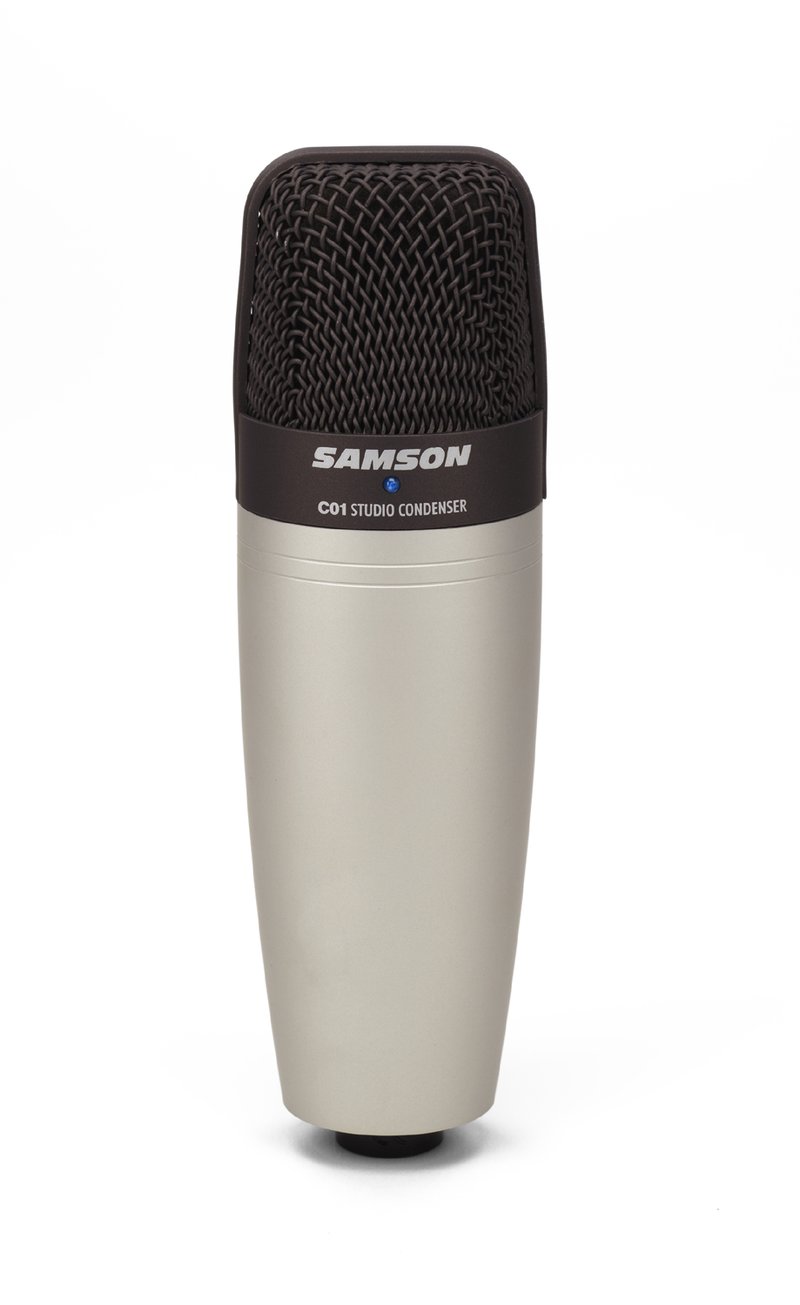Phantom Power: The Basics

The Source
Phantom power is so named because generally, you’re not using a separate power source for your microphone. The power is provided discreetly by, say, your mixer. You don’t have a separate power supply just for the microphone. Phantom power is typically 48 volts of DC power (but can range from 11–48 volts) that is carried over pins 2 and 3 of a standard XLR microphone cable. That’s right, the power is sent right along the same signal path that your audio is traveling down. Don’t worry, it doesn’t induce any noise, and it generally won’t cause problems with microphones that don’t need it (at least not in this modern day).
If you take a look at a standard mixer like the Samson MixPad MXP124FX, you’ll see that there are 4 XLR inputs. On the right side of the mixer, you’ve got a +48V PHANTOM button to engage phantom power. This will also activate a light confirming that phantom power is active. If you find this button aside from the inputs on a mixer, it will typically engage phantom power for all of the XLR channels at once. Some large format mixers have a separate 48V button available for each channel individually, or bank of channels. There are also external phantom power supplies that can run off of batteries or AC power.

The Destination
The microphone is the second part of this system, and is the device that can sometimes need to receive phantom power in order to work. The three most common types of microphones are dynamic, condenser, and ribbon microphones. All three have a bit of a different history and relationship with how they work with phantom power.
Dynamic microphones such as the Samson Q8x do not require phantom power in order to work. They don’t have a lot of moving parts, so this makes them very well suited for on stage use. When the vocalist starts kicking around the mic stand, you can rest easy that your typical dynamic mic can take a beating and continue to work. As power for a dynamic mic is generated by simple magnetism, these mics do not require phantom power (or any external power source) to function. As long as the microphone is properly balanced (as most modern dynamic microphones in good condition are), the phantom power will not affect a dynamic mic at all.
Condenser microphones are a different story. A condenser mic has quite a few more elements within it to make it work. The diaphragm of a condenser mic is made of two incredibly thin and small surfaces – diaphragm and backplate, and these surfaces are far more sensitive than the magnet/wire in a dynamic mic. This makes condenser mics extremely well suited for studio recording, as they can capture nuance and detail much better with the sensitive parts. The diaphragm and backplate form a capacitor. In order for this capacitor to work it needs outside electricity to charge the backplate. This voltage typically comes from phantom power. So a condenser microphone like the Samson CL8a would need phantom power enabled from the mixer in order to function. If you plug the CL8a in without it turned on, you won’t get any signal.
Unlike “true” condenser microphones, electret condenser microphones, like the Samson C01, do not require a polarizing voltage to charge the backplate. Electret capsules are made of a prepolarized material that has a permanent electrostatic charge. They typically have an onboard preamplifier that requires power. Some microphones can operate using a battery to power the preamp, while others, like the C01, need phantom power to operate.
It’s generally good practice to turn phantom power on while the master fader (and any output buss faders) is down to avoid the ‘pop’ or ‘thump’ in your speakers that you get from the components powering up.
Modern Ribbon microphones utilize magnetism, just like dynamic mics. There is an extremely thin and super-sensitive ribbon hanging out in a very strong magnetic field. Since all the movement and vibration is captured through magnetism, separate electrical power is not required for these mics to function. Due to all of this sensitivity, ribbons have sometimes gotten a reputation for being extremely delicate. This is only half true with modern mics. Most modern ribbon mics are built with high standards and are as rugged and reliable as condensers. Where these mics can get in trouble with phantom power is that some vintage and older ribbon mics were grounded differently than standard microphones. This caused the phantom power signal to fail, and sometimes the transformer could even become magnetized itself. This isn’t an issue with modern ribbons, and some actually require phantom power in order to power integrated preamps.
Not Just for Mic’s
Phantom power is not just for mics! There are some other devices like, preamps, and even direct boxes that require a small amount of power to function. These devices can often be powered by batteries, but many of them are designed to function using phantom power. The MDA1 direct box from Samson is a great example of this. It’s an ‘active’ direct box. This means there are electronics in it that need power, and phantom power signal takes care of that.
Wrapping it Up
Phantom power is most definitely still necessary and still relevant with today’s gear. Many microphones downright require it to function, and most modern microphones won’t be affected at all if you turn on phantom power and it isn’t required. It’s good practice to make sure you’re using high quality, functioning cables. If you are connecting a microphone to a mixer with phantom power already engaged, make sure to mute the input channel to avoid hearing a loud pop through your speakers. You’ll also want to keep the master fader and any output busses down as you engage phantom power on your mixer to avoid any loud audio artifacts as the powered components in the mic activate.
